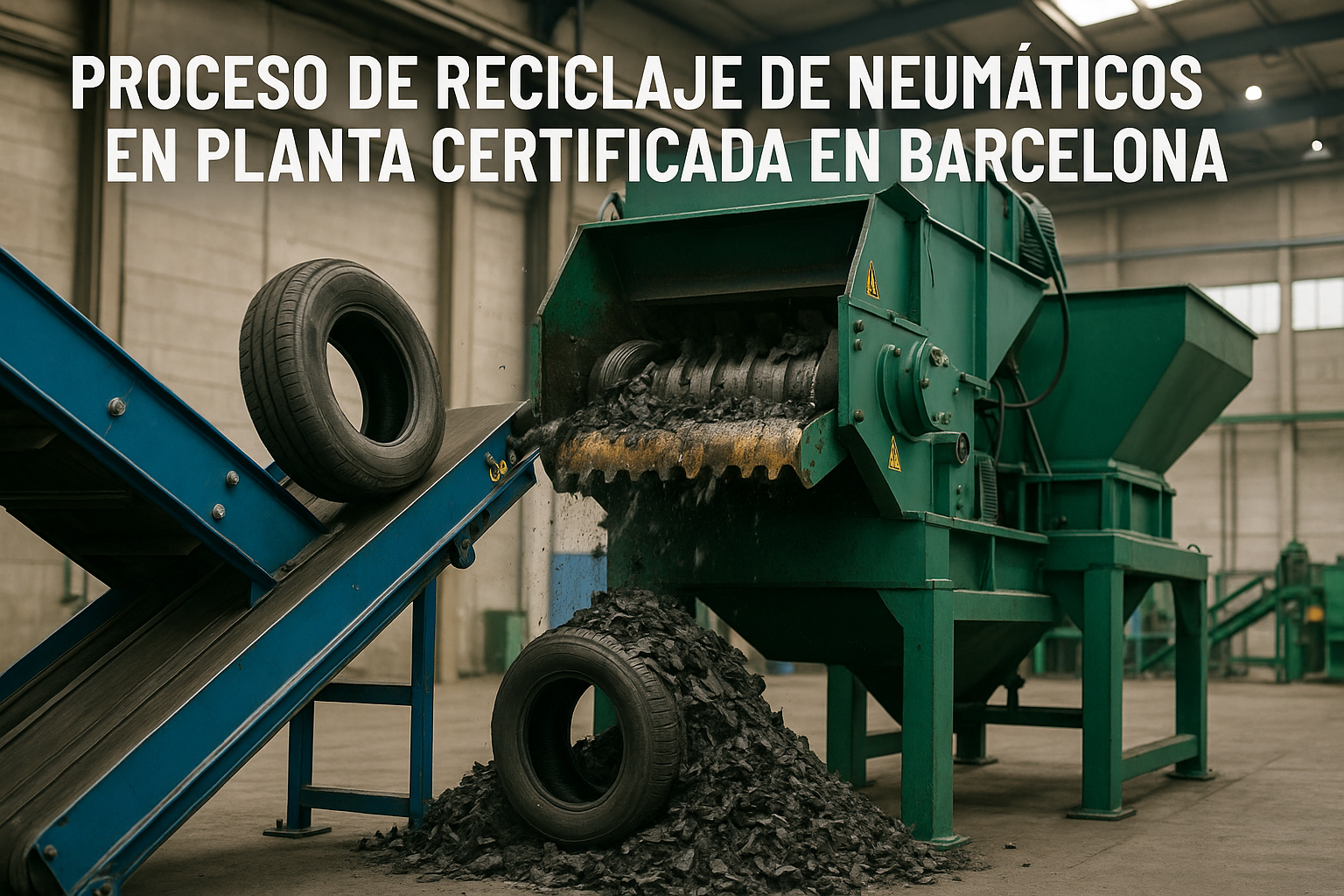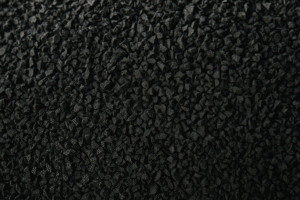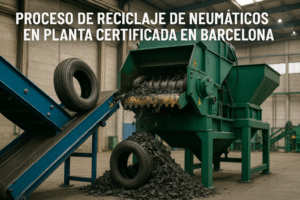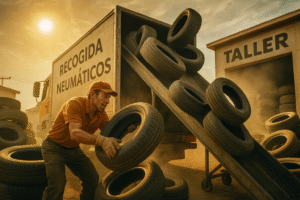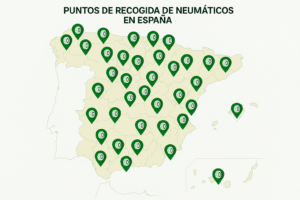Introduction
In recent years, the circular economy for tyres has taken centre stage in transforming the recycling sector. Unlike the traditional linear model, this approach aims to keep resources in use for as long as possible, reducing waste and making the most of every material. In Spain, where the problem of used tyre accumulation is becoming increasingly visible, the shift towards a circular economy is driving new tyre recycling practices. This article explains how this model works, the benefits it offers, and how it is changing waste management in the country, with a focus on environmental sustainability.
♻️ What is the Circular Economy Applied to Tyres?
The circular economy for tyres is based on the idea of giving a product multiple lives before it is considered waste. For tyres, this involves processes such as retreading, reuse in international markets, and finally recycling to create new materials. This model reduces reliance on virgin raw materials and lowers the carbon footprint. In Spain, more and more companies and waste managers are adopting this approach as an effective response to the sector’s environmental and economic challenges.
🇪🇸 Current State of Tyre Recycling in Spain
Tyre recycling in Spain has evolved significantly over the last decade. Thanks to systems such as SIGNUS and responsible managers like Volaltegir, more efficient routes for collection, sorting, and recycling have been established. Every year, thousands of tonnes of tyres are processed for reuse or recycling. However, challenges remain in terms of awareness, infrastructure, and traceability. Adopting a circular economy vision is helping the country move towards a more sustainable and profitable model.
🌍 Impact of Recycling on Environmental Sustainability
Environmental sustainability is one of the main benefits of tyre recycling. If not properly managed, these products can cause fires, contaminate soil and water, and become breeding grounds for mosquitoes. Through proper collection, sorting, and transformation processes, these risks can be drastically reduced. In addition, energy is saved and tonnes of CO₂ emissions are avoided by reducing the need to produce new materials. The circular economy turns an environmental problem into a profitable and eco-friendly solution.
🛠️ Best Practices for Waste Management in Workshops and Collection Centres
Proper waste management starts in mechanical workshops and collection centres. Compliance with regulations, digital traceability, and correct separation of reusable and non-reusable tyres are key to a successful process. Companies that implement circular economy models enhance their reputation, optimise costs, and help protect the environment. Moreover, new business opportunities open up, such as selling recycled tyres or exporting them to growing markets.
Conclusion
The circular economy for tyres represents the future of the recycling sector. In Spain, its implementation is transforming waste management, promoting environmental sustainability, and generating new opportunities. Adopting this model is not only an ecological obligation but also a competitive advantage.
Want to know how to apply these principles to your business? Contact us and take the first step towards a real circular economy.

